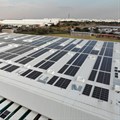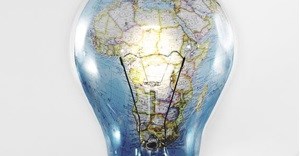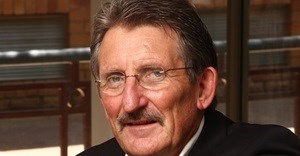How to secure Africa’s energy future in the face of a climate crisis
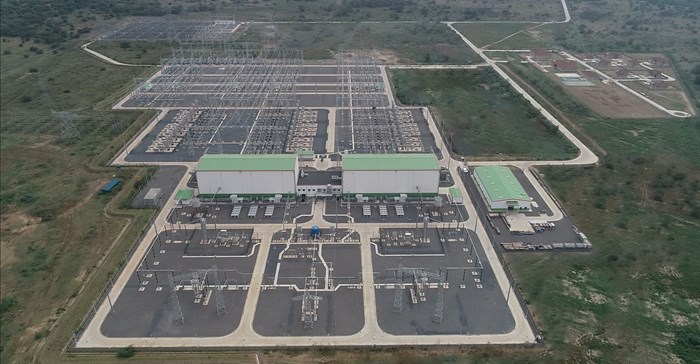
With global energy demand expected to surge by approximately 25% by 2030 and emissions projected to continue to rise, the world faces a dual crisis of energy poverty and climate impact. This is particularly concerning for the most vulnerable populations worldwide, with 775 million people, including 600 million in Africa, still lacking access to basic electricity. The combination of population growth and these challenges could have devastating outcomes if not addressed urgently.
Africa, which accounts for just 3% of total global emissions, loses $7bn-15bn annually due to climate change impacts. This figure is projected to rise to $50bn by 2030. The African Development Bank Group (AfDB) also highlights a climate finance gap of $213bn for Africa between now and 2030. Adding to the urgency, Africa has the world’s fastest-growing population, expected to reach 2.5bn by 2050, according to the United Nations.
The need for sustainable, reliable, and affordable energy solutions is more pressing than ever. In a few days, the 28th annual Conference of the Parties (COP28) will convene the individuals capable of turning this vision into reality. Despite challenging global and geopolitical circumstances, COP28 must deliver the collective action needed to transform information sharing, marketing, and vague recommendations into tangible action plans.
Regional and global development finance institutions, global energy decision-makers, governments, and companies all need to commit to supporting Africa in building the energy future it needs. The reconstruction and recovery of the South African economy, and more specifically the metals and engineering industry, must be considered in the wider context of reindustrialising critical sectors. This includes addressing the challenges facing the economy from energy and logistics to water infrastructure and crime.
Recognising today’s challenges
Although Africa accounts for a fifth of the global population, the region has attracted only 2-3% of global energy investment, according to the AfDB and the International Energy Agency (IEA) in their recent Financing Clean Energy in Africa report.
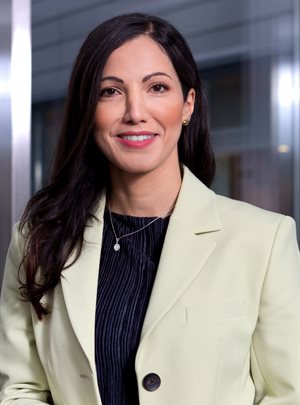
A major reason for this has been that, historically, the overall risk profile for projects in Africa made it significantly more expensive to finance than those in advanced economies. This was exacerbated by higher borrowing costs due to the Covid-19 pandemic and Russia’s war in Ukraine. Despite Africa’s immense green energy potential, developers often abandoned projects because they could not see their viability.
The AfDB and IEA propose the easing of financing costs to unlock a wave of clean energy spend in Africa. Currently, the cost of capital for energy projects in African countries is at least 2-3x higher than in advanced economies and China.
To deliver modern energy to all Africans by 2030, we will need to double the current energy investment in Africa. That means over $200bn in spending per year, of which two-thirds will need to be directed to clean energy, according to the report.
Commercial case for an African just transition
Two important recent announcements may go a long way to help mitigate climate financing challenges, by drawing attention to the opportunities and stimulating the commercial prospects that sustainable energy projects in Africa can offer.
The first is the African Development Bank’s announcement in late September that it would provide $25bn in climate finance by 2025.
As part of this, $20bn will go to the Desert to Power program to develop 10GW of solar across eleven countries of the Sahel zone of Africa and provide electricity for 250 million people.
The second significant recent funding announcement for Africa is the COP28 finance initiative between the United Arab Emirates (UAE) and Africa. In strategic partnership with Africa 50, an infrastructure investment platform with African governments as shareholders, the initiative brings together public, private, and development capital from various sources in the UAE.
Its intention is to support African energy transition strategies, including enhanced regulatory frameworks and a master plan for developing grid infrastructure, integrating both supply and demand. The plan is to kickstart a pipeline of bankable clean energy projects in Africa, starting with 15GW of clean power by 2030, by deploying $4.5bn to catalyse an additional $12.5bn from multilateral, public and private sources.
In making the announcement, COP28 president-designate Dr Sultan Al Jaber said climate change now contributed to a fifth of Africa’s people being hungry, and the displacement of African citizens tripling in the last three years - dragging Africa’s GDP growth down by at least 5% every year.
Urgent intervention is therefore not just for the sake of the climate - it is a socioeconomic imperative too.
Support is available for any African government with clear transition plans, robust regulatory frameworks and a real commitment to putting the necessary grid infrastructure in place
Next steps to build the energy future Africa needs
Africa’s need to achieve energy security and a just transition are clearly established. The funding side of the equation is gaining attention though not yet solved. Another piece that needs to fall into place is governance.
In a bid to mitigate high capital costs, amplify socioeconomic development, and ensure a just energy transition, African governments need to take more efforts to improve climate governance and policy frameworks, to address corruption, curb emissions, and enable investment in clean energy solutions and infrastructure.
To facilitate progress, regional governments must reassess how they operate and recognize that energy is not a commodity but the foundation for social development, economic growth, and prosperity. The absence of a resilient electricity supply hinders economic growth and slows down social development. The energy transition must be embraced as the most significant socio-economic and environmental transformation since the Industrial Revolution.
African countries have never stepped into a COP28 with more solid opportunities to accelerate energy transition. Our African governments now need to take the necessary concrete action to unlock the monumental support they finally have access to, while addressing the decarbonisation opportunity as a pivotal moment to establish a new market and an accelerated industrialisation. This is the tipping point and time for action.

